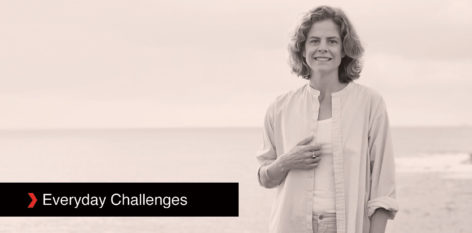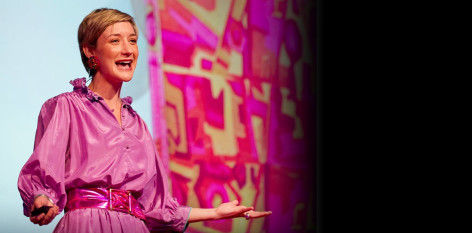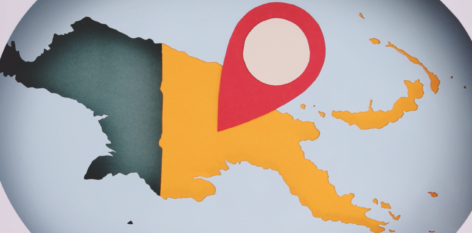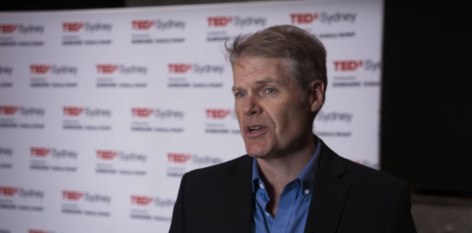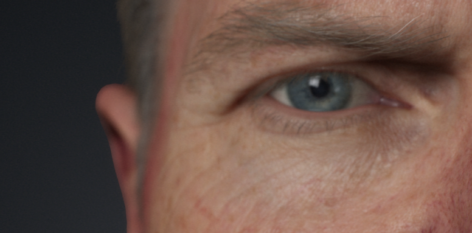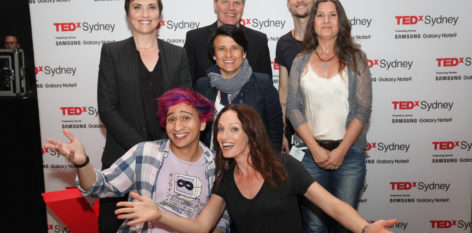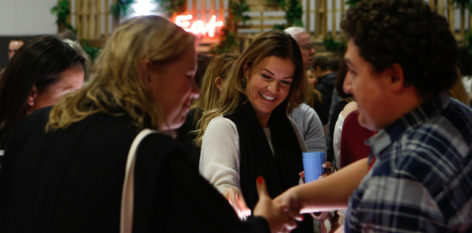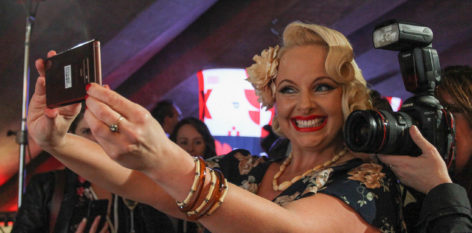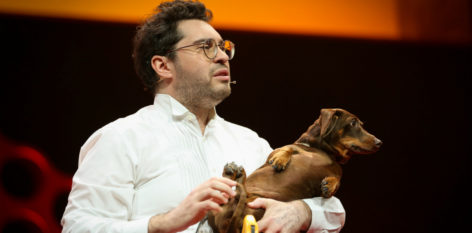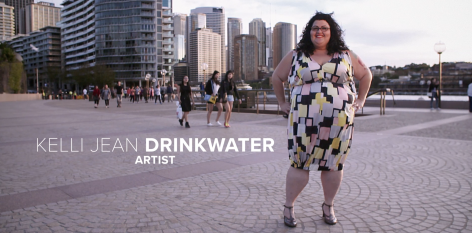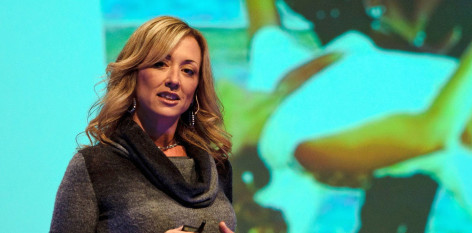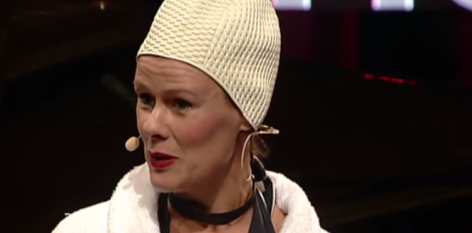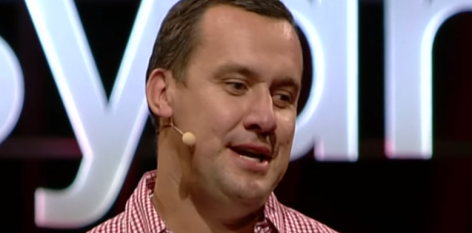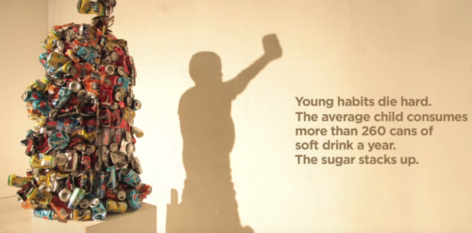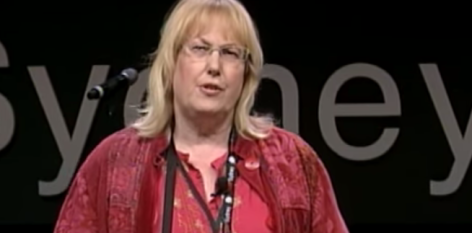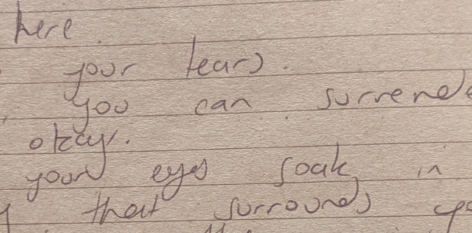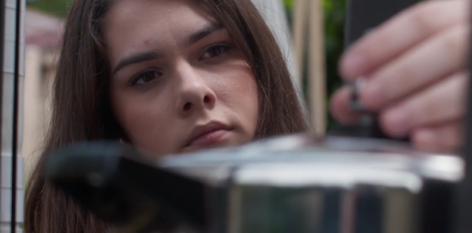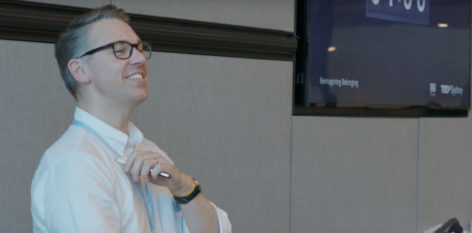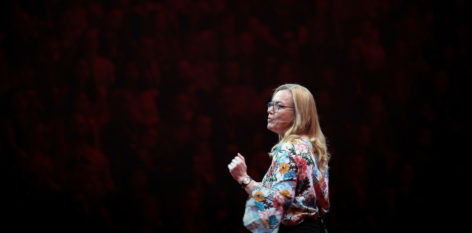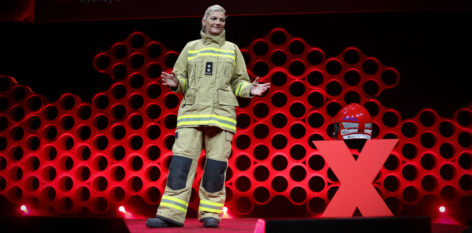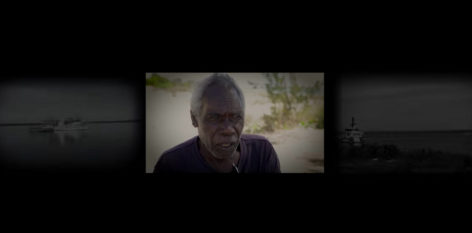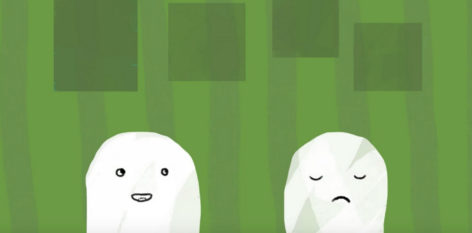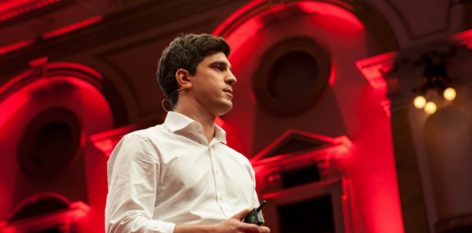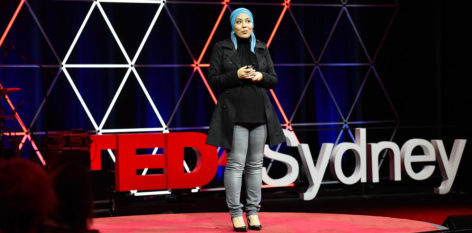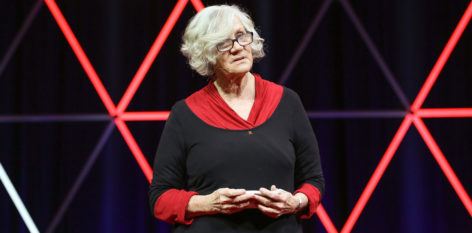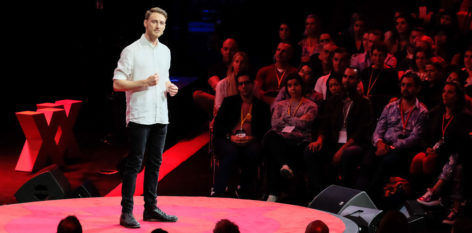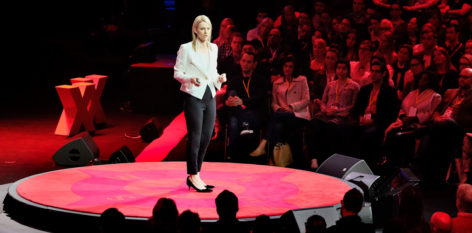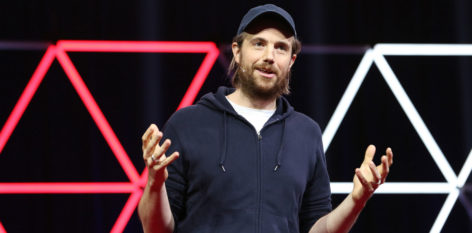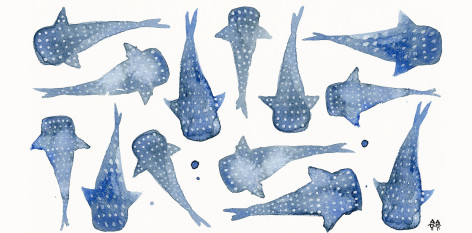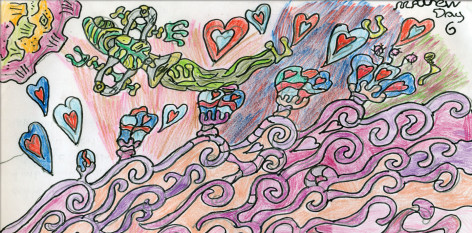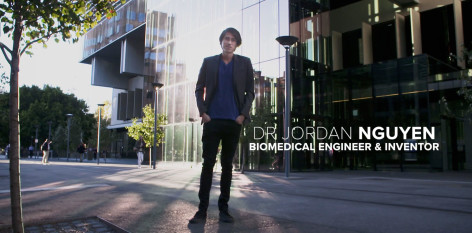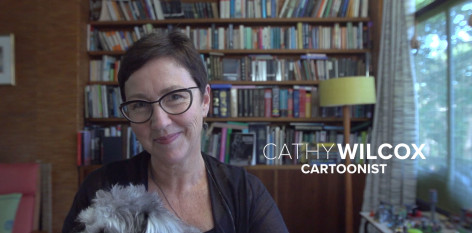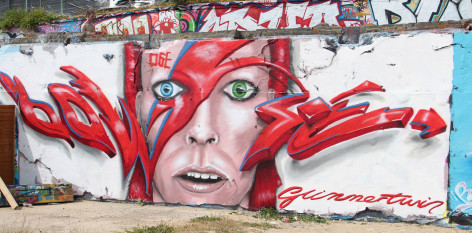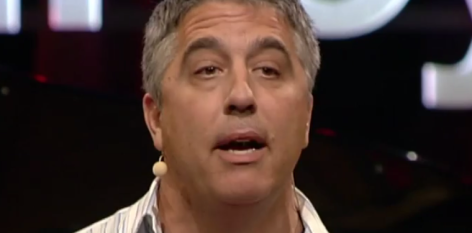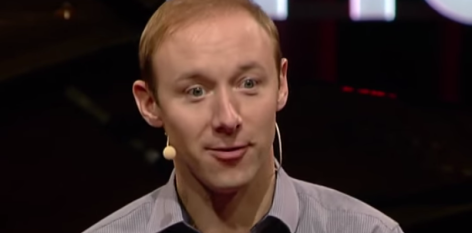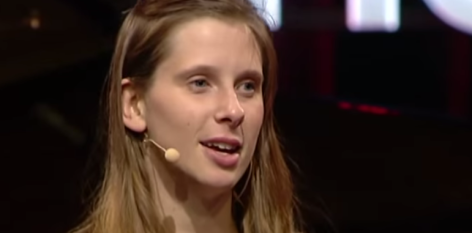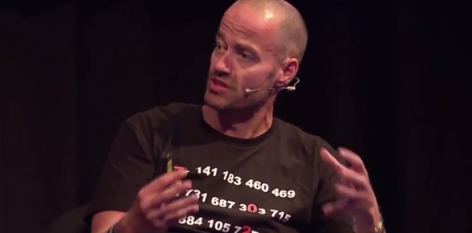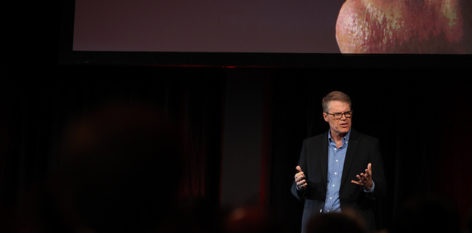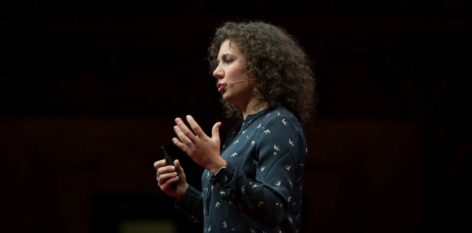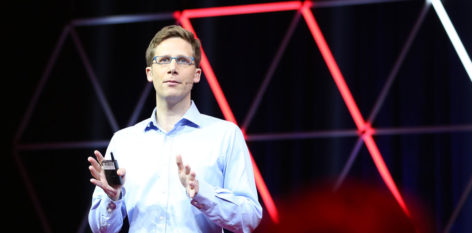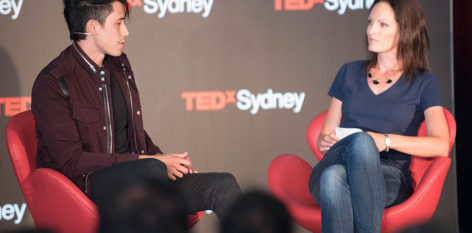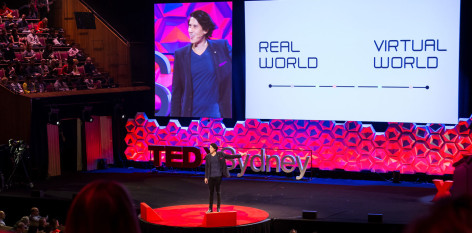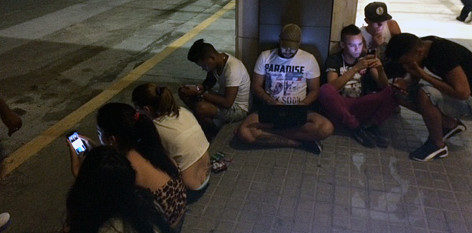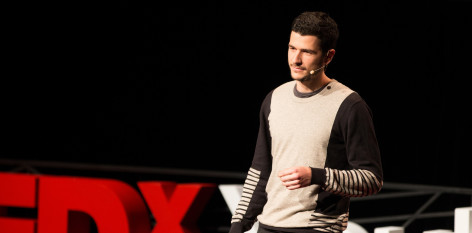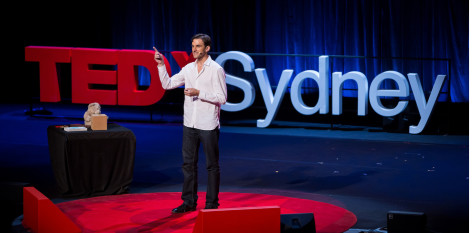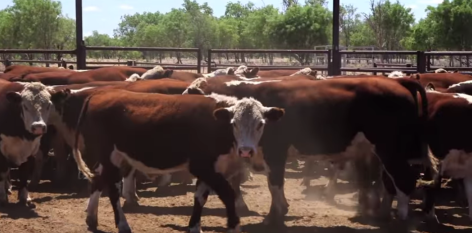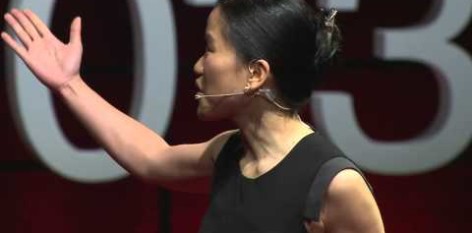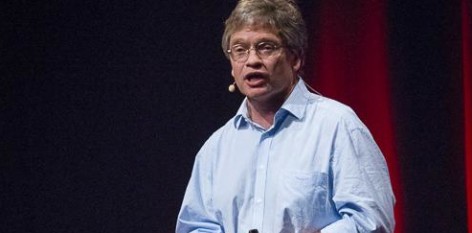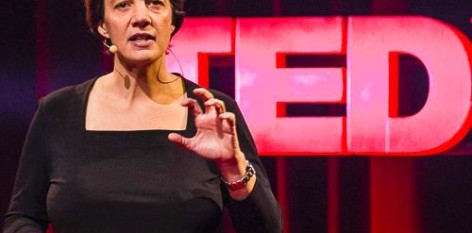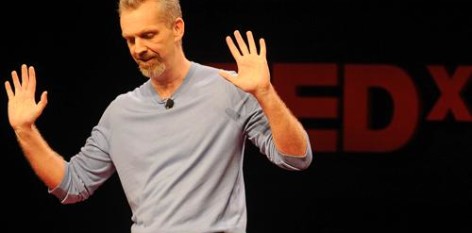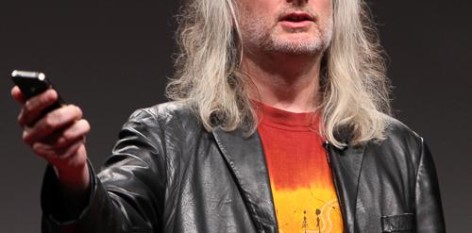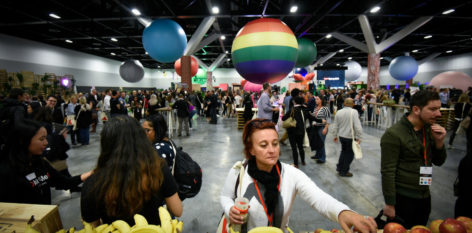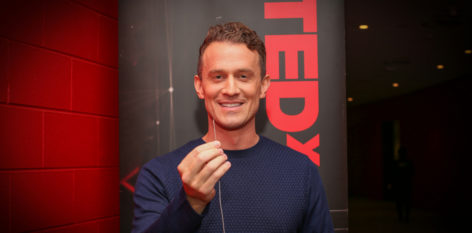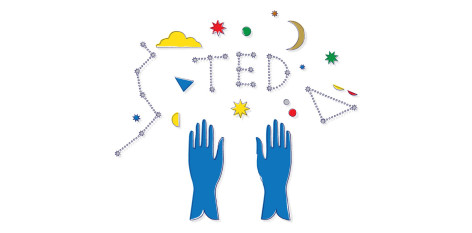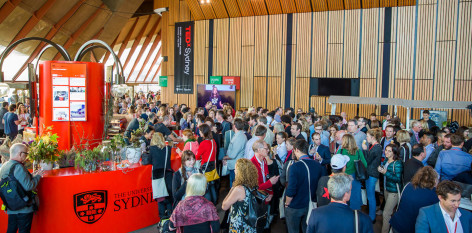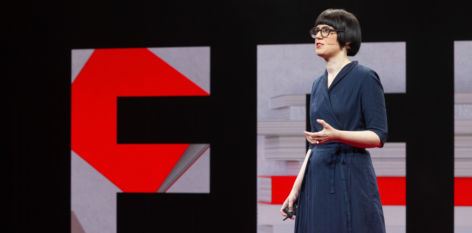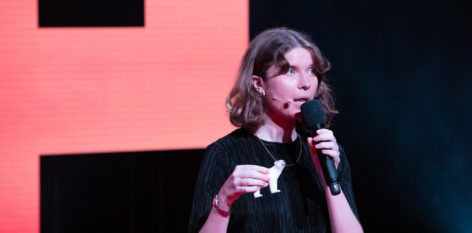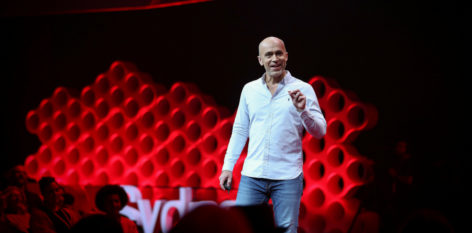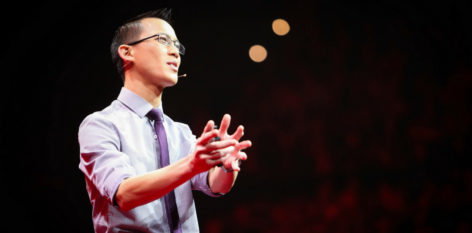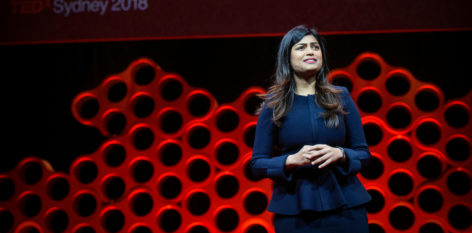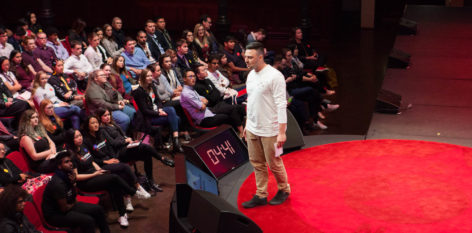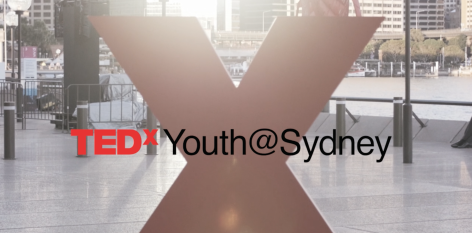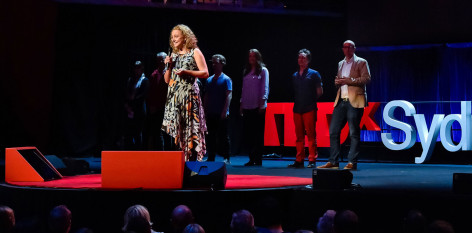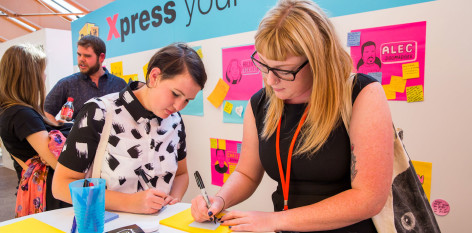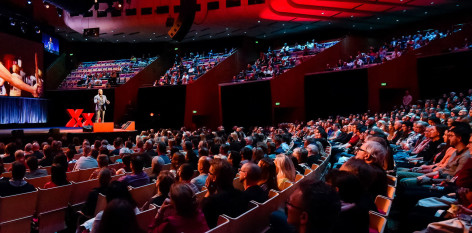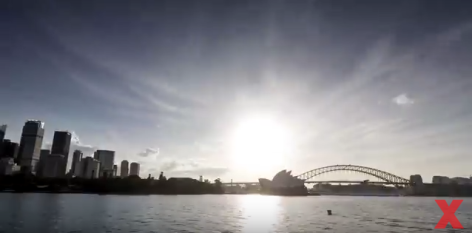We at TEDxSydney think a lot about ideas – what they are, where they come from, and their power to change the world. But how do ideas catch on? Why are some stories more infectious and certain people more influential than others? What specifically causes an idea to spread and evolve?
At TEDxSydney, we’re turning this passion into a new project, let’s call it an “idea-ology”. Over the next few months we’ll be exploring all things ideas and taking a deep dive into how and why they spread.
To get us started we’ve compiled a playlist of TED talks on the subject. One speaker claims that visuals are the secret, while others propose that ideas are spread through imitation, collaboration, and linkages to other ideas. Then there are those who believe it is the actual content, that the ideas themselves need to be remarkable, unexpected, and framed to evoke emotion.
What’s your take on how ideas spread? Watch these talks and decide for yourself.
Seth Godin, TED 2003
How to get your ideas to spread
In a world of too many options and too little time, our obvious choice is to just ignore the ordinary stuff. Marketing guru Seth Godin spells out why, when it comes to getting our attention, bad or bizarre ideas are more successful than boring ones.
Spreading ideas soundbite: The thing that’s going to decide what gets talked about, what gets done, what gets changed, what gets purchased and what gets built: “Is it remarkable?”
Kevin Allocca, TEDYouth 2011
Why videos go viral
Kevin Allocca is YouTube’s trends manager, and has deep thoughts about silly web video. In this talk from TEDYouth, he shares the four reasons a video goes viral.
Spreading ideas soundbite: Tastemakers, creative participating communities, complete unexpectedness, these are characteristics of a new kind of media and a new kind of culture where anyone has access and the audience defines the popularity.
Nancy Duarte, TEDxEast 2011
The secret structure of great talks
From the “I have a dream” speech to Steve Jobs’ iPhone launch, many great talks have a common structure that helps their message resonate with listeners. In this talk, presentation expert Nancy Duarte shares practical lessons on how to make a powerful call-to-action.
Spreading ideas soundbite: So there’s something kind of magical about a story structure that makes it so that when it’s assembled, it can be ingested and then recalled by the person who’s receiving it.
Mark McCrindle, TEDxCanberra 2013
Bringing research to life
Social researcher Mark McCrindle proposes that we move to the democratisation of information, and shows us simple ways to make data more accessible, meaningful and useful.
Spreading ideas soundbite: It’s not words that lead to actions, but visuals that do so. It’s graphics that inspire a response.
Bernadette Jiwa, TEDxPerth 2012
The secret to spreading ideas
Bernadette will discuss how and why our job is to make people feel, not just make them do.
Spreading ideas soundbite: People don’t actually buy your idea, they buy into how it makes them feel.
Simon Sinek, TEDxPugetSound 2009
How great leaders inspire action
Simon Sinek has a simple but powerful model for inspirational leadership – starting with a golden circle and the question “Why?” His examples include Apple, Martin Luther King and the Wright brothers.
Spreading ideas soundbite: People don’t buy what you do; they buy why you do it. If you talk about what you believe, you will attract those who believe what you believe.
Matt Ridley, TEDGlobal 2010
When ideas have sex
At TEDGlobal 2010, author Matt Ridley shows how, throughout history, the engine of human progress has been the meeting and mating of ideas to make new ideas. It’s not important how clever individuals are, he says; what really matters is how smart the collective brain is.
Spreading ideas soundbite: What’s relevant to a society is how well people are communicating their ideas, and how well they’re cooperating, not how clever the individuals are.
Eric Berlow and Sean Gourley, TED 2013
Mapping ideas worth spreading
What do 24,000 ideas look like? Ecologist Eric Berlow and physicist Sean Gourley apply algorithms to the entire archive of TEDx Talks, taking us on a stimulating visual tour to show how ideas connect globally.
Spreading ideas soundbite: So each idea has its own “meme-ome,” and each idea is unique with that, but of course, ideas, they borrow from each other, they kind of steal sometimes, and they certainly build on each other.
How Ideas Spread – Original illustration for TEDxSydney by Rachel Peck






